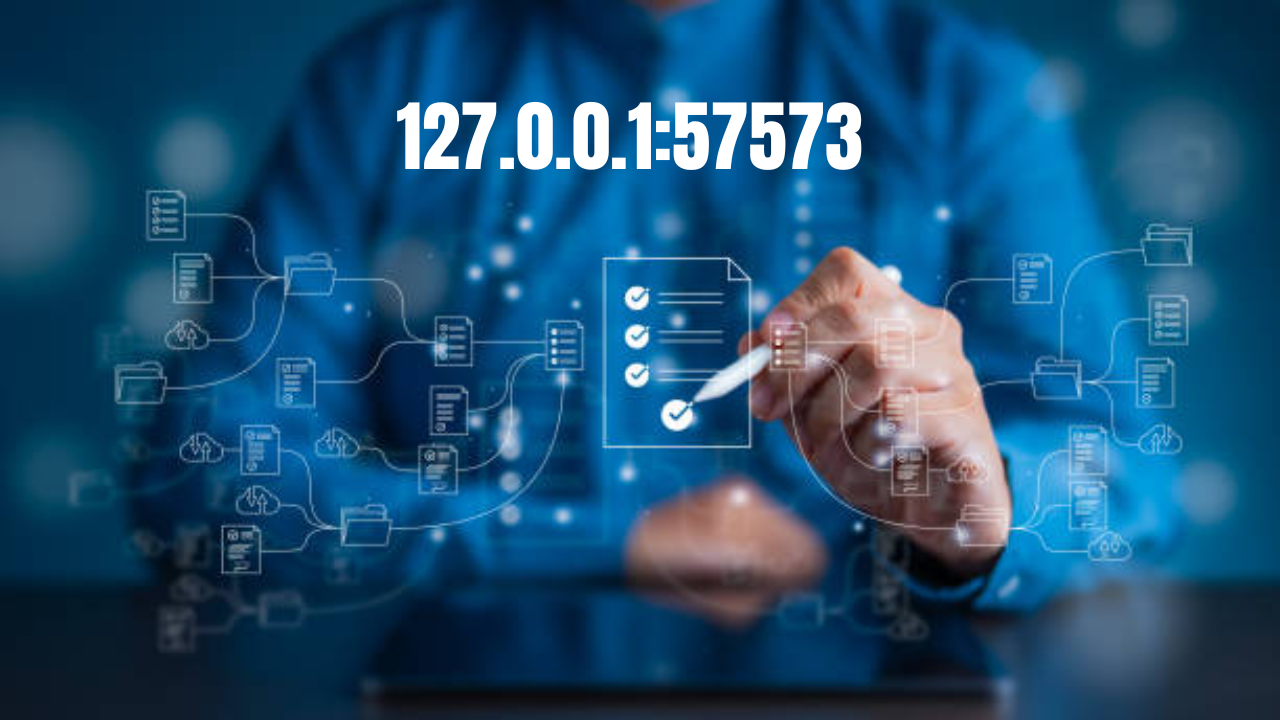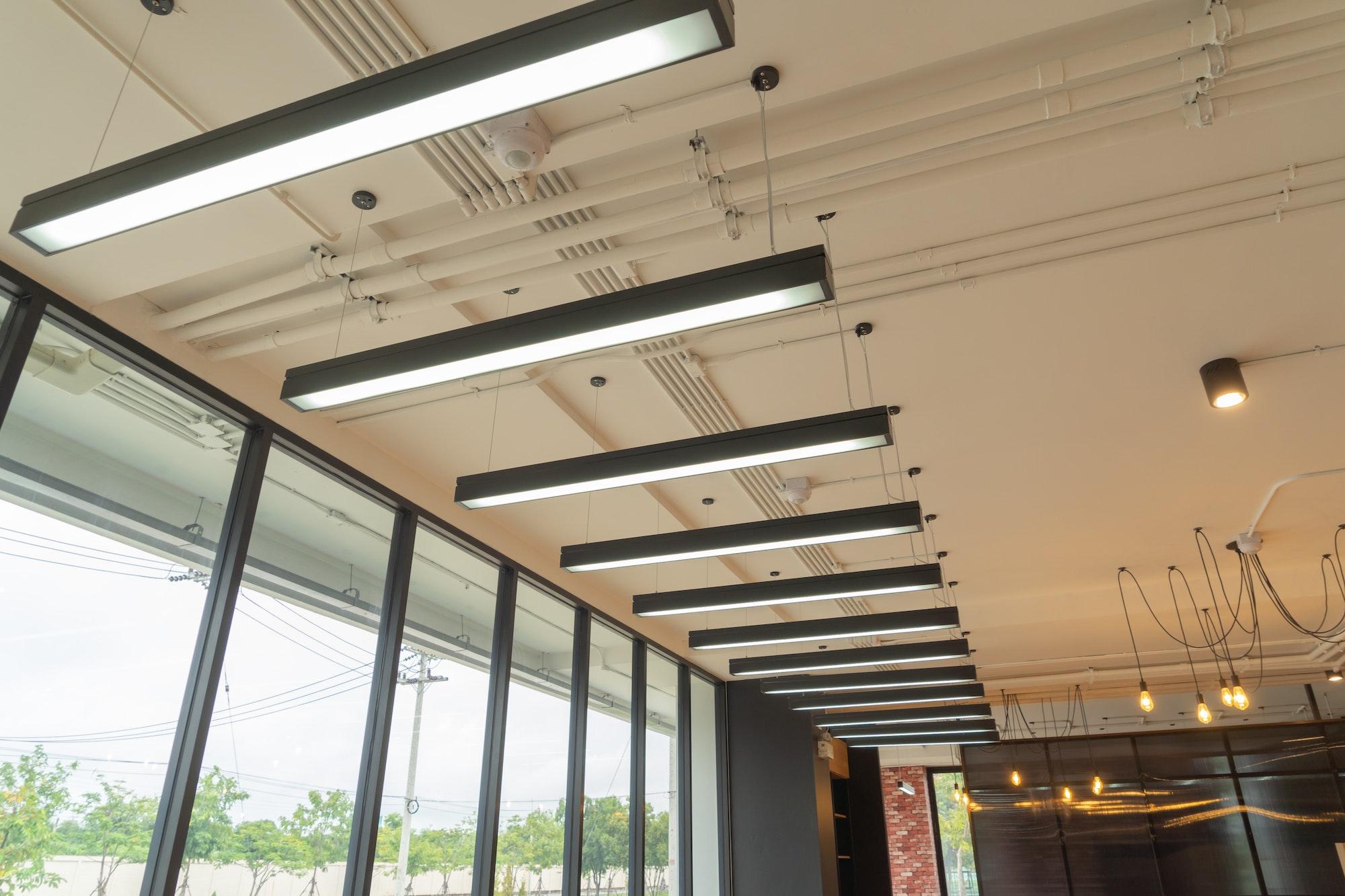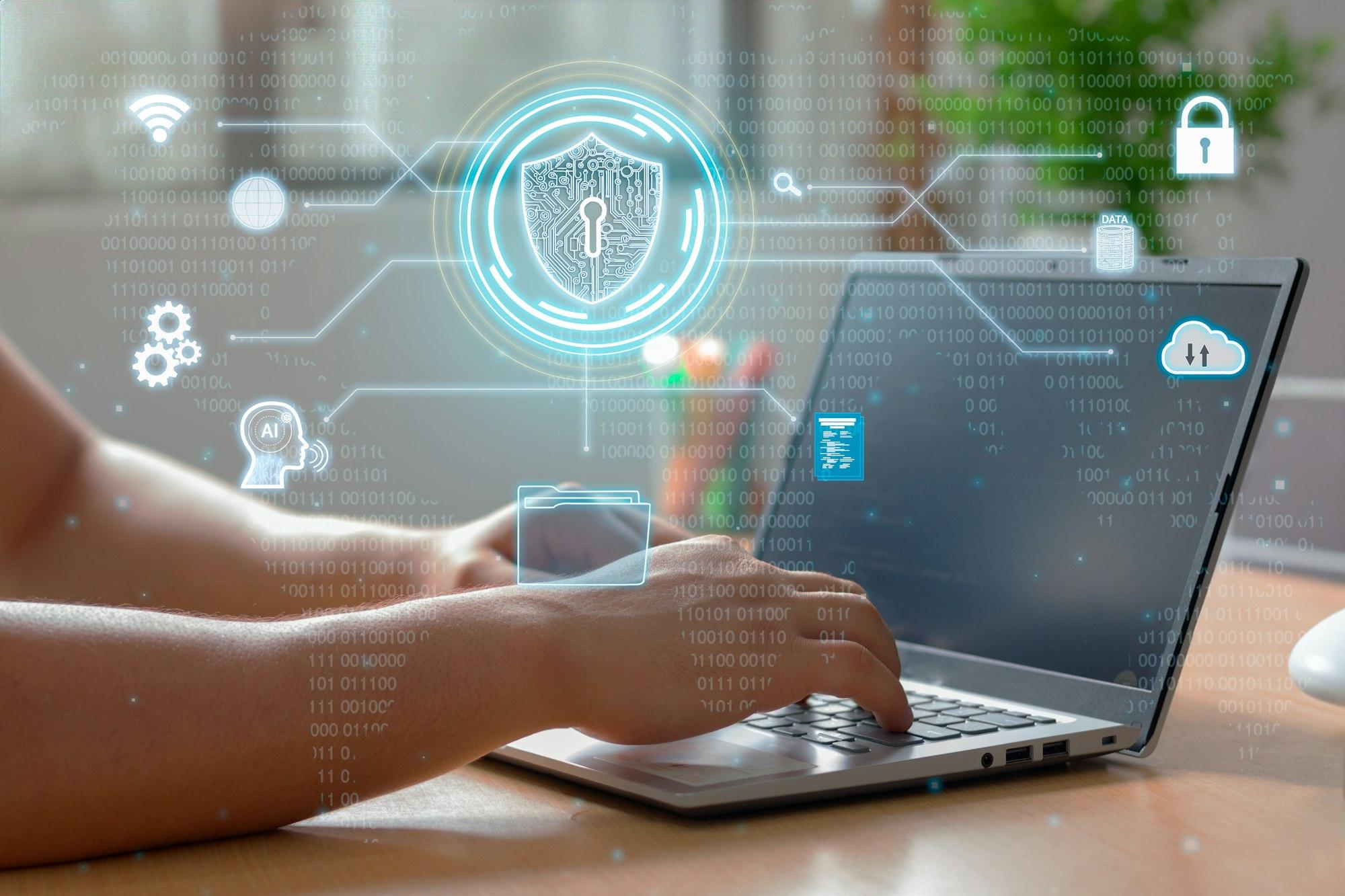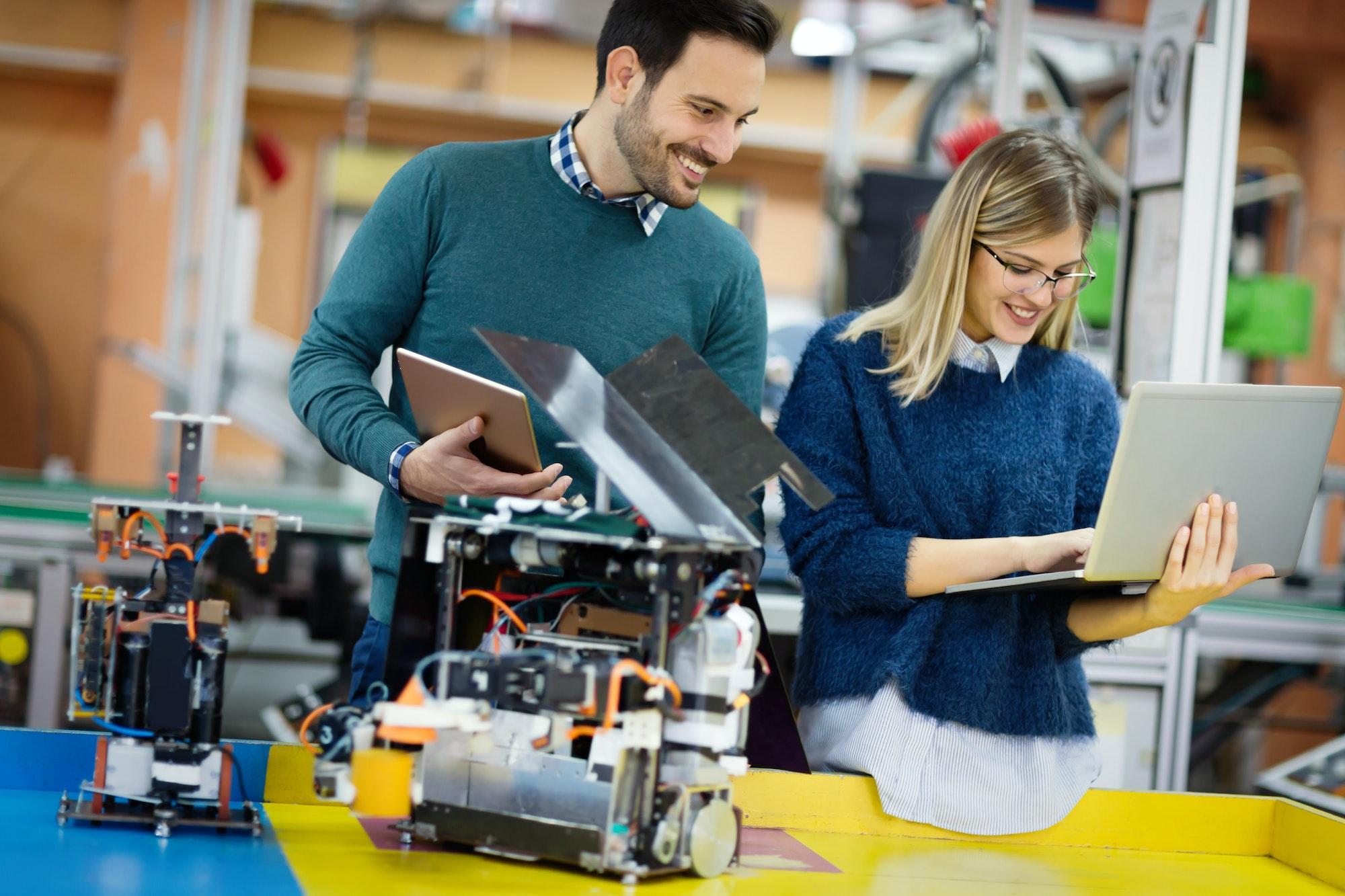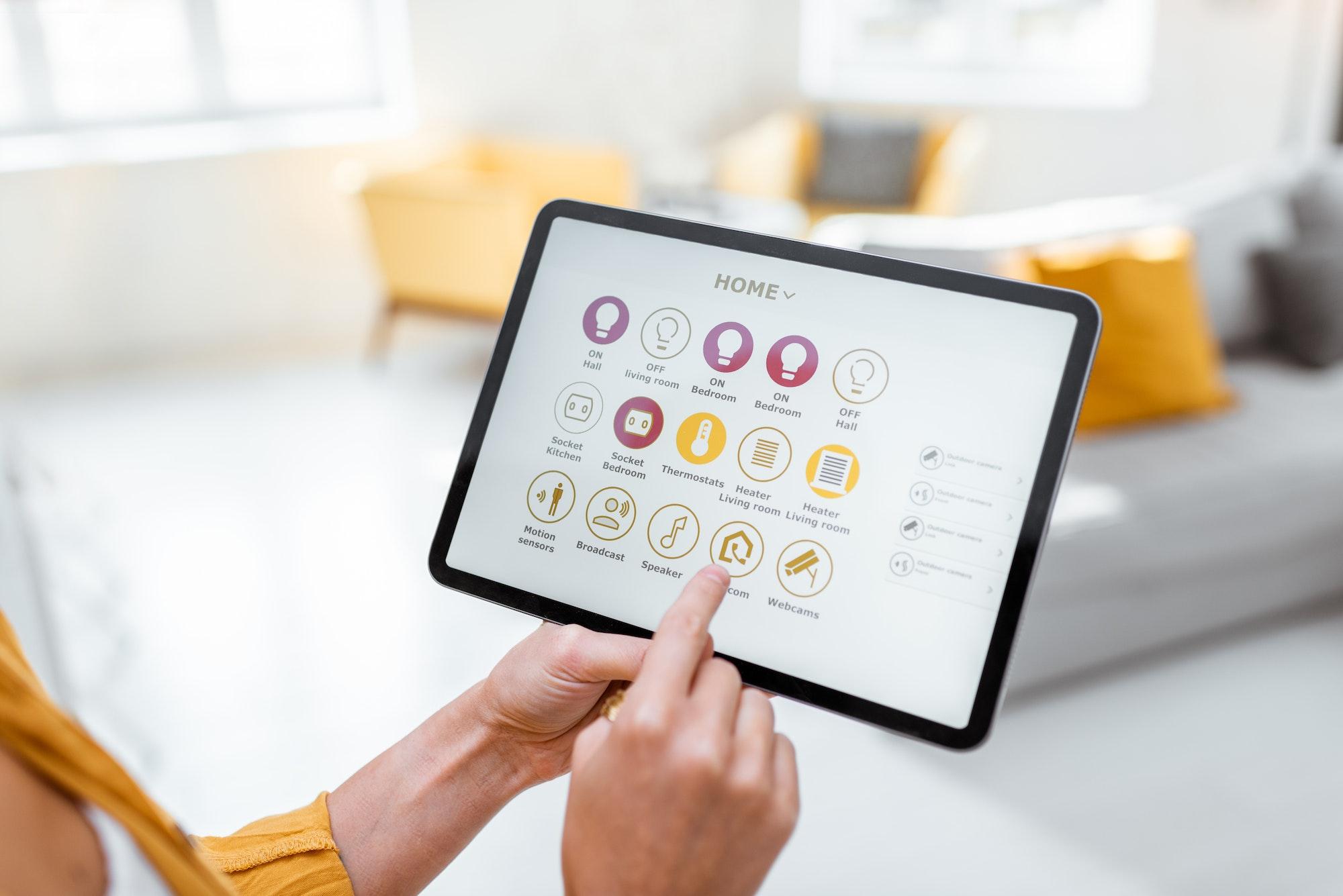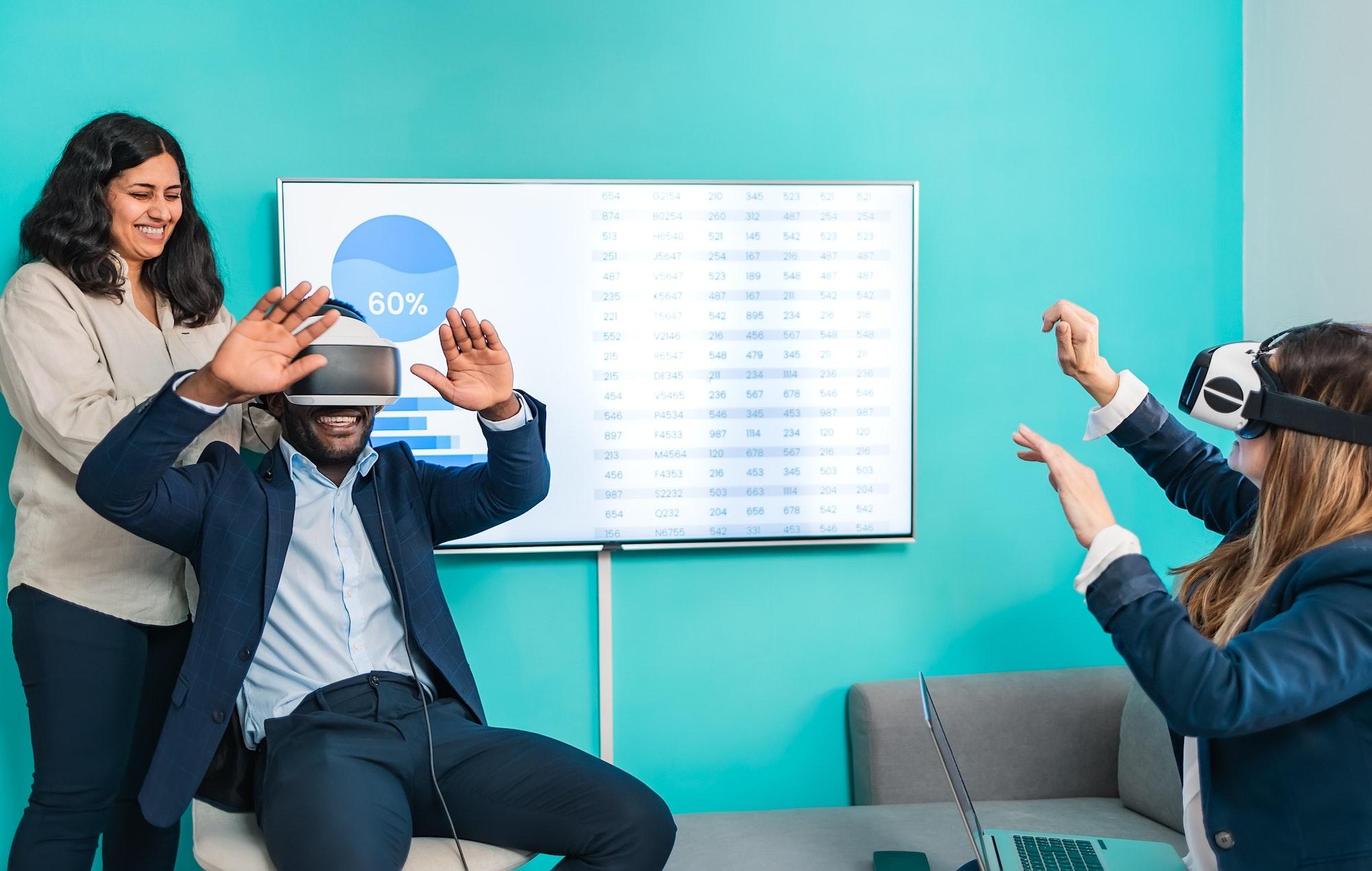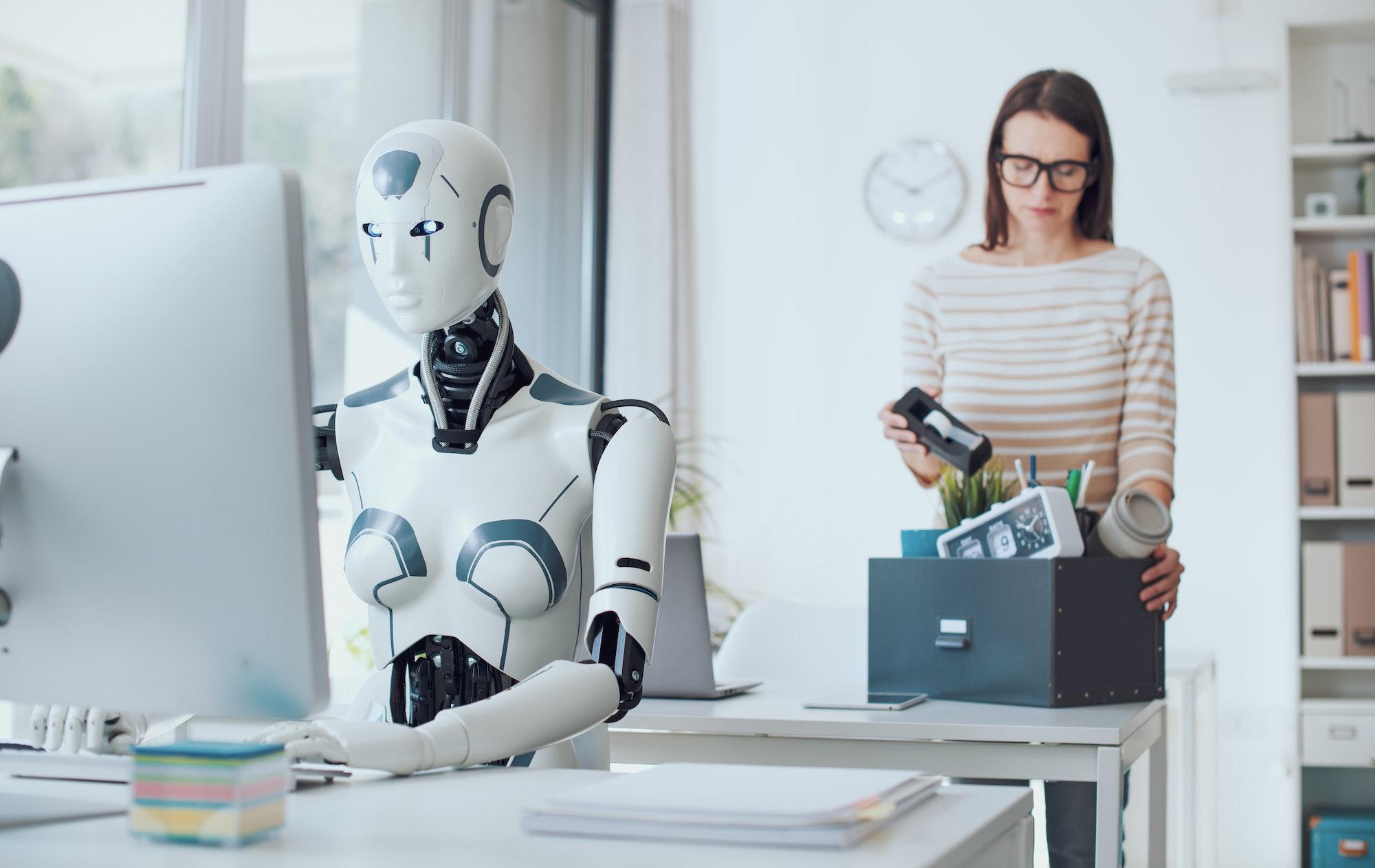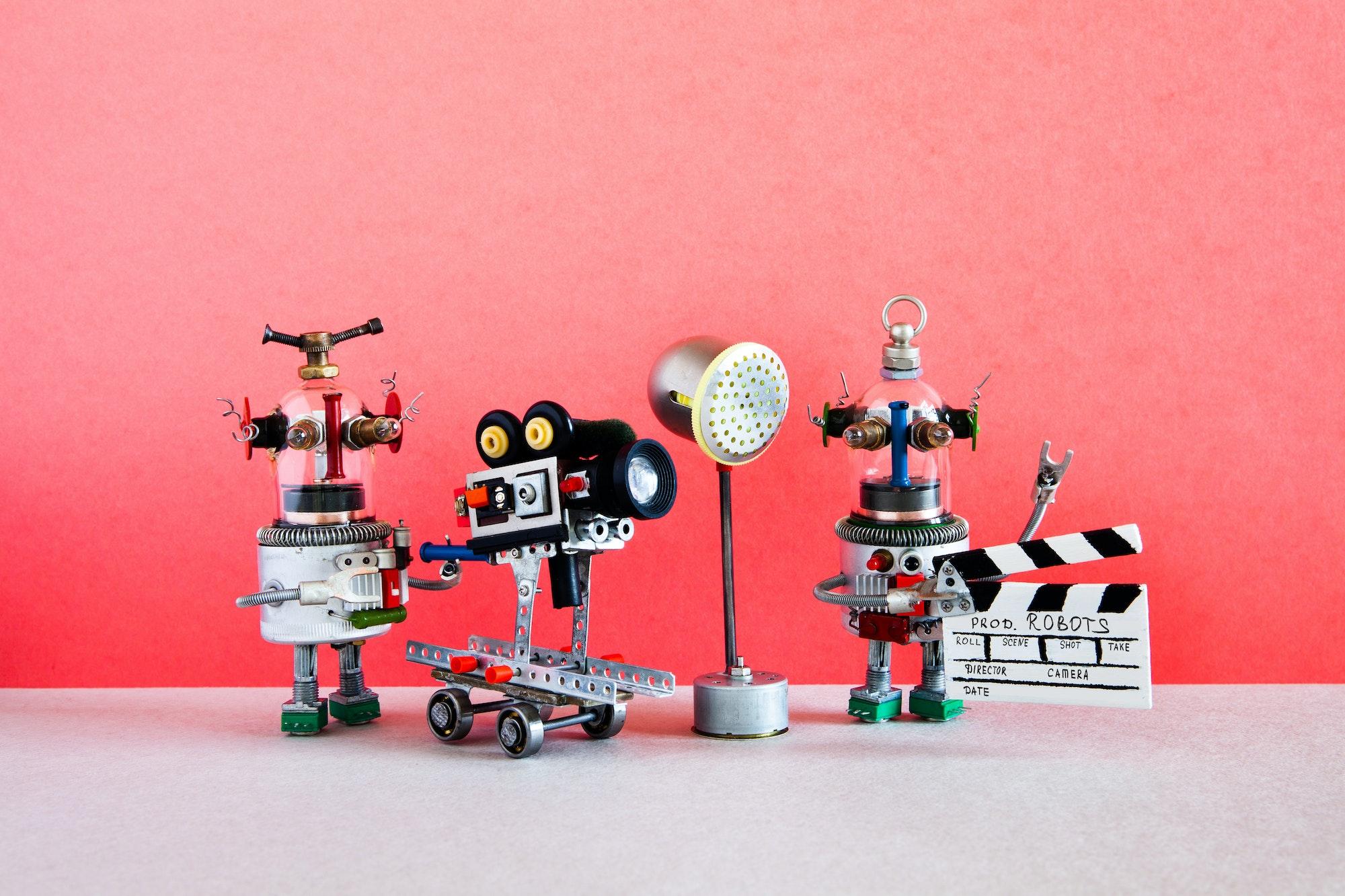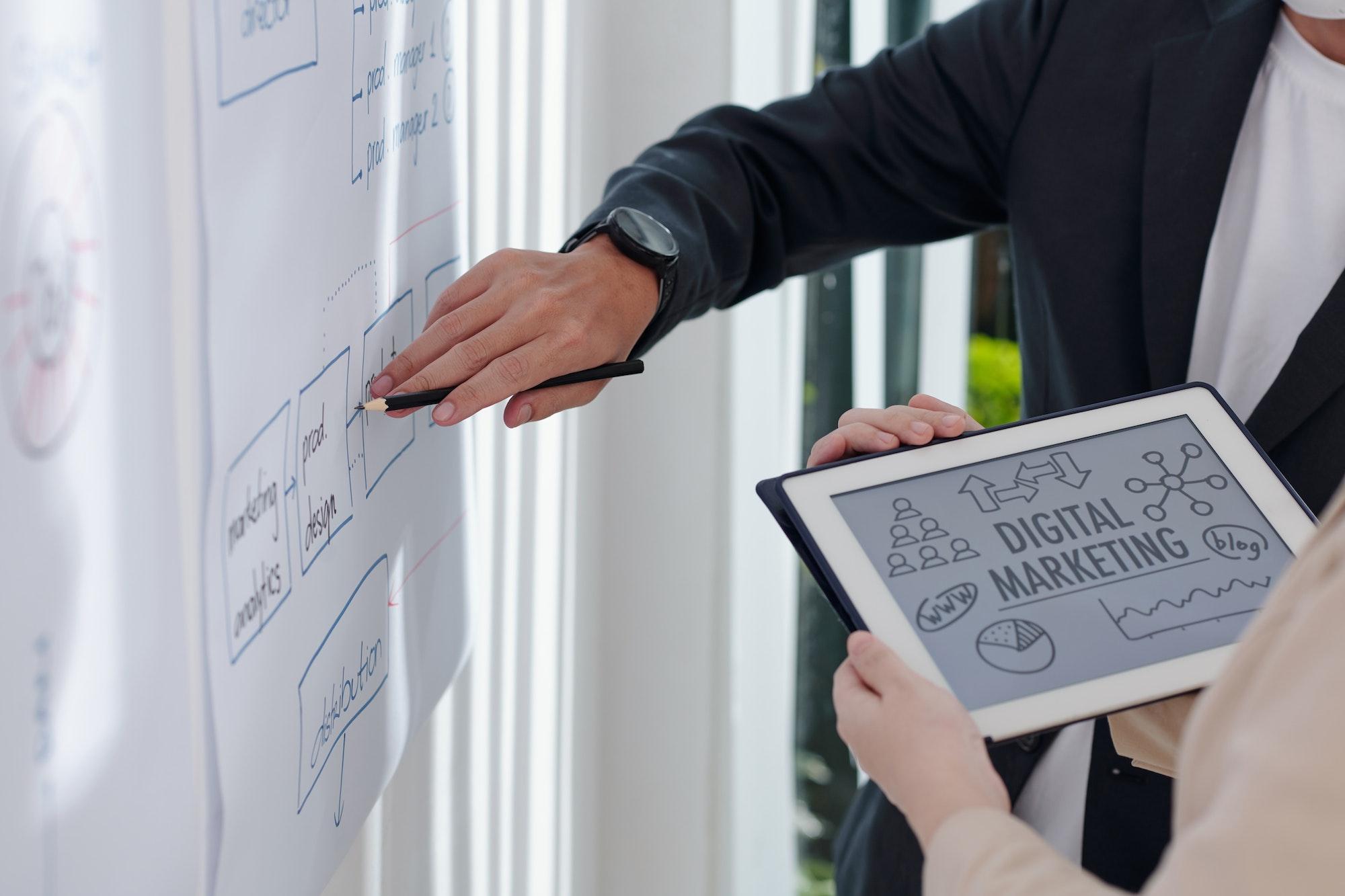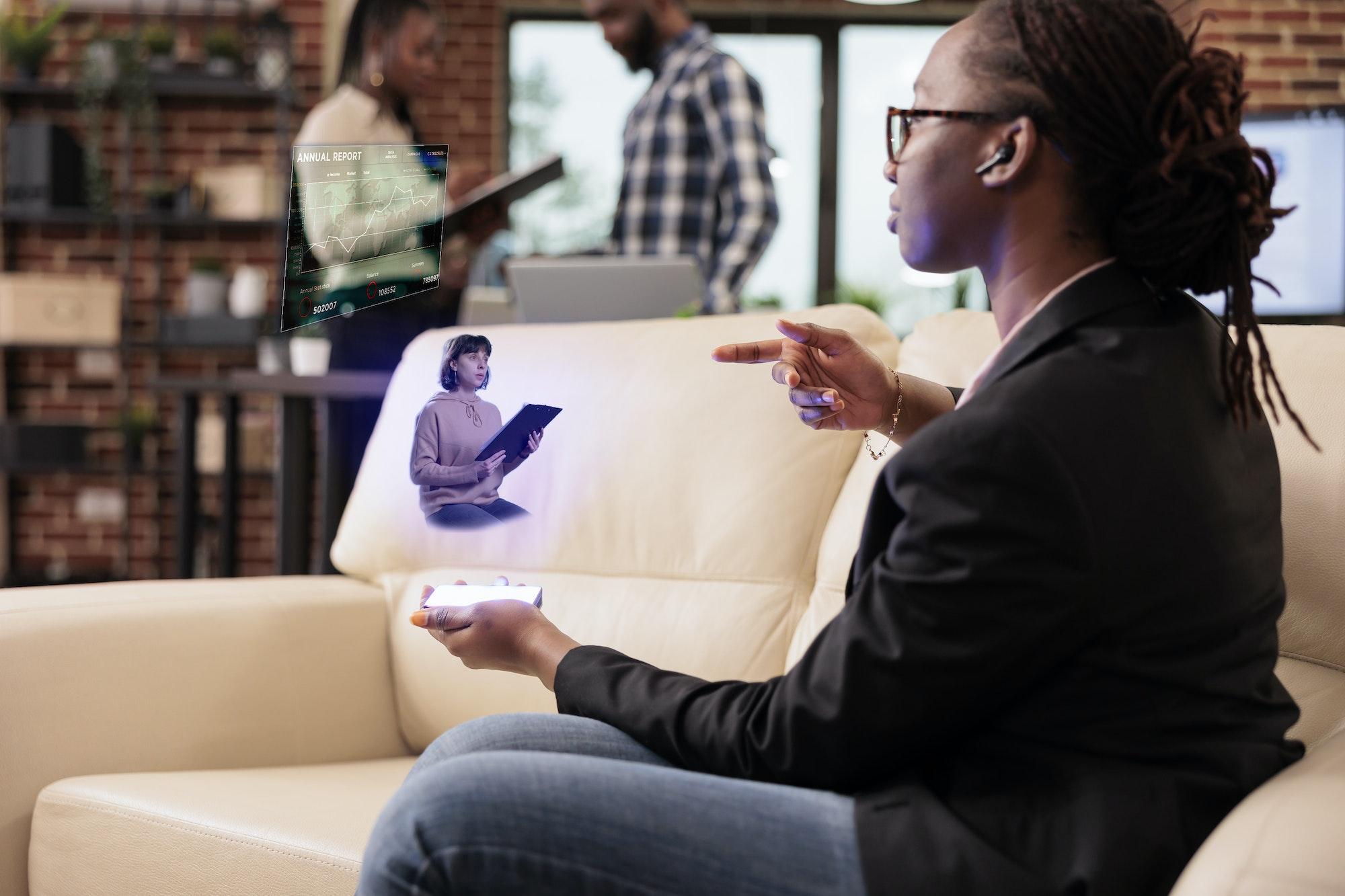
In the whirlwind of technological advancements, our workspaces have witnessed a profound revolution. Thanks to the emergence of smart office devices, the conventional workspace setup has evolved into a dynamic and efficient environment.
From intelligent lighting systems to intuitive communication tools, these devices are reshaping the way we work and interact.
In this article, we’ll delve into the exciting realm of smart devices, exploring their impact on productivity, collaboration, and the overall work experience.
1. Enhancing Efficiency with Smart Office Devices
Imagine walking into an office that anticipates your needs. That’s the power of smart office devices at play.
These devices are designed to streamline tasks, simplify processes, and boost productivity.
Automated Climate Control
Take the smart thermostat, for instance. It learns your temperature preferences and adjusts the climate accordingly, creating a comfortable ambiance without manual intervention.
Seamless Task Management
The seamless integration of smart calendars and task management tools further eliminates the hassle of juggling schedules and deadlines.
2. Collaboration Revolutionized: Smart Communication Systems
In the heart of a successful workspace lies effective communication.
Smart office devices are pushing the boundaries of collaboration through intuitive communication systems.
Adaptive Video Conferencing
With video conferencing setups that adjust to lighting conditions, teams can collaborate seamlessly regardless of geographical barriers.
Distraction-Free Communication
Noise-cancelling features obliterate background distractions, ensuring focused conversations even in busy environments.
Global Connectivity
Real-time language translation tools bridge global divides, enabling effective communication among diverse teams.
3. The Rise of Smart Office Devices and Intelligent Workspaces
The concept of an intelligent workspace was once confined to science fiction, but it’s now an everyday reality.
Smart office devices, often powered by AI, are turning workstations into intelligent hubs.
Adaptive Furniture
Picture a desk that adjusts its height based on your posture, promoting ergonomic well-being.
Eye-Friendly Displays
Monitors that auto-adjust their display settings reduce eye strain and enhance comfort during extended work hours.
Personalized Ambiance
Smart coffee makers brew your perfect cup as soon as you step into the office, setting a personalized tone for the day.
4. Security and Privacy Using Smart Office Devices
With great technological advancements come valid concerns about security and privacy. As smart devices become integral, safeguarding sensitive information gains paramount importance.
Elevated Security Measures
Manufacturers are taking proactive steps to counter potential threats.
These measures encompass a spectrum of techniques, including the implementation of multifactor authentication, the encryption of data, and the vigilant deployment of regular software updates.
These concerted efforts reflect the burstiness of security protocols, ensuring comprehensive protection against evolving risks.
Traversing the Complexity of Data Flow
Amidst the intricate architecture of data flow and the intricate web of device connectivity, the challenge of security comes into view.
Navigating this landscape requires a sophisticated understanding of the interplay between various components, emphasizing the need for security measures that seamlessly operate within this dynamic environment.
5. The Human-Centric Smart Office
Amidst all the technological marvels, the essence of a human-centric workspace remains crucial. Also, these devices are not meant to replace human interaction but to amplify it.
Empowering Creativity
They alleviate mundane tasks, granting employees more time for creative thinking and meaningful collaborations.
Adapting to Individuals
By understanding user behavior and preferences, these devices adapt to individual needs, leading to an environment that’s both bursty and perplexing in its ability to comprehend and cater to human idiosyncrasies.
6. Exploring Innovative Smart Office Gadgets: Beyond the Basics
In this section, let’s explore some cutting-edge gadgets that are reshaping the modern workspace in unexpected ways.
From enhancing creativity to boosting well-being, these devices add a layer of sophistication to the smart office experience.
Below, we present a table showcasing three innovative smart office gadgets that are worth exploring:
| Gadget | Functionality | Impact on Workspace |
|---|---|---|
| 1. Virtual Whiteboards | Collaborative digital whiteboards that sync across devices, enabling remote brainstorming and annotation in real time. | Drives creativity and seamless teamwork in hybrid work environments. |
| 2. Smart Plant Monitors | Devices that monitor plant health, providing real-time data on water levels, light, and temperature for optimal care. | Enhances workspace aesthetics and employee well-being with live plant companions. |
| 3. AI-Powered Note-Takers | AI-driven devices that attend meetings, capture key points, and transcribe discussions, allowing for active engagement. | Reduces note-taking burden, enabling focused participation and easy referencing. |
| 4. Holographic Displays | Advanced holographic screens that project 3D images, enhancing presentations and data visualization in immersive ways. | enhances the impact of presentations and fosters dynamic engagement with data. |
| 5. Personalized Smart Desks | Desks equipped with height-adjustment sensors, ergonomic prompts, and posture tracking promote healthy work habits. | Improves employee well-being and productivity by encouraging ergonomic practices. |
As we venture into the realm of these innovative gadgets, it’s clear that the smart office landscape continues to evolve, offering new ways to elevate productivity, collaboration, and the overall work experience.
7. Navigating Challenges in the Smart Office: Considerations for Implementation
As the smart office landscape evolves with innovative gadgets and technologies, it’s important to acknowledge that the integration of these gadgets also comes with its own set of challenges and considerations.
While these devices offer significant benefits, it’s crucial to navigate potential hurdles to ensure a smooth transition and an optimal user experience.
Therefore, here are some common challenges and considerations associated with implementing smart office gadgets, shedding light on how to address them effectively.
| Challenge | Potential Impact | Recommended Solutions |
|---|---|---|
| 1. Data Privacy | Improper handling of sensitive data could lead to breaches, loss of trust, and legal repercussions. | – Implement robust encryption protocols. – Conduct regular security audits. – Offer clear user consent options. |
| 2. Integration Complexities | Compatibility issues and disjointed functionality might hinder the seamless interaction of devices. | – Invest in interoperable devices. – Utilize central management platforms. – Perform thorough testing before deployment. |
| 3. User Adaptation | A steep learning curve could lead to employee frustration, hampering productivity and user acceptance. | – Provide comprehensive training sessions. – Offer user-friendly interfaces. – Foster a culture of open communication. |
| 4. Technical Support | The need for technical assistance could strain resources and result in prolonged downtime or inefficiencies. | – Establish a dedicated technical support team. – Implement remote troubleshooting capabilities. – Offer timely updates. |
| 5. Cost Considerations | The investment required for implementation, maintenance, and training might challenge budget allocations. | – Conduct a thorough cost-benefit analysis. – Explore scalable solutions. – Prioritize long-term ROI and value. |
By addressing these challenges proactively, organizations can harness the full potential of smart office devices while ensuring a seamless and secure transition.
The journey to a smarter workspace requires thoughtful planning and strategic solutions that prioritize both technological advancement and user satisfaction.
8. FAQs: Answers to Common Questions About Smart Office Devices
– How do smart office devices improve energy efficiency?
Smart office devices, armed with sensors and automation capabilities, monitor occupancy, lighting, and temperature in real time. This data informs intelligent adjustments, such as adjusting lighting based on natural light availability or optimizing heating and cooling to match occupancy patterns. These actions not only enhance energy efficiency but also contribute to cost savings and sustainability efforts.
– Can smart office devices enhance employee well-being?
Absolutely. Many smart devices, like ergonomic furniture and wellness monitors, promote healthier work habits. Adjustable standing desks encourage posture changes, reducing strain. Wellness monitors track biometric data, offering insights into stress levels and suggesting breaks. These devices foster a work environment focused on employee health, engagement, and productivity.
– What’s the role of AI in smart office devices?
AI plays a pivotal role by enabling devices to learn from user behavior. For instance, AI-driven smart lighting systems can adjust illumination preferences based on employee usage patterns. AI algorithms in communication tools aid in real-time language translation, ensuring global collaboration. These applications of AI amplify device functionality and personalization.
– How do smart devices impact data privacy?
Smart office devices raise valid data privacy concerns. Manufacturers address these concerns through features like on-device data processing and end-to-end encryption. Additionally, edge computing, where data is processed locally rather than in the cloud, reduces exposure to potential breaches, preserving data privacy.
– Can smart office devices contribute to a more sustainable workplace?
Absolutely. Beyond energy efficiency, these devices can facilitate sustainable practices. Waste-reducing smart bins alert cleaning staff only when full, minimizing unnecessary collections. AI-driven predictive maintenance in HVAC systems prevents energy waste by identifying potential issues before they escalate. These sustainability-driven features align with eco-conscious workplace initiatives.
– What is an example of a smart office?
An example of a smart office could be one where employees can control lighting, temperature, and audiovisual systems through voice commands or smartphone apps. Smart sensors could adjust these settings based on occupancy and preferences, enhancing comfort and energy efficiency. Additionally, smart communication systems that seamlessly integrate video conferencing, real-time language translation, and noise cancellation can facilitate efficient collaboration among remote teams.
– What should a smart office have?
A smart office should have a range of interconnected gedgets that enhance productivity, comfort, and security. These could include smart lighting systems that adjust based on natural light levels, smart thermostats for optimal temperature control, ergonomic furniture that adapts to user preferences, and advanced communication tools that facilitate global collaboration. Security measures like biometric access controls and AI-driven surveillance systems are also essential for safeguarding sensitive information.
– How do I create a smart home office?
Creating a smart home office involves integrating various gadgets to enhance your workspace. Start with essentials like smart lighting and a smart thermostat to optimize comfort and energy usage. Invest in ergonomic furniture for a health-conscious setup. Incorporate smart speakers or digital assistants for voice-controlled tasks and reminders. Use smart plugs to control electronic devices remotely. Lastly, ensure robust cybersecurity by setting up a secure network and using encrypted communication tools.
– What are two examples of smart devices?
Two examples of smart devices are smart speakers and smart locks. Smart speakers, like the Amazon Echo or Google Home, use voice recognition to perform tasks, answer questions, and control other connected devices. Smart locks, such as August Smart Lock or Yale Assure Lock, offer keyless entry through smartphone apps and allow remote locking and unlocking. These devices exemplify the convenience and functionality that smart technology brings to various aspects of daily life.
Conclusion
In conclusion, the surge of smart office devices marks a significant milestone in how we perceive and experience the workspace.
The marriage of perplexity and burstiness in these devices reflects the intricate interplay of cutting-edge algorithms and user-oriented simplicity.
As these office smart gadgets continue to evolve, one thing is clear: the future of work is smart, efficient, and incredibly dynamic.
By embracing this transformation, we are not just adapting to change, but actively shaping the contours of a workspace that thrives on innovation and human ingenuity.





